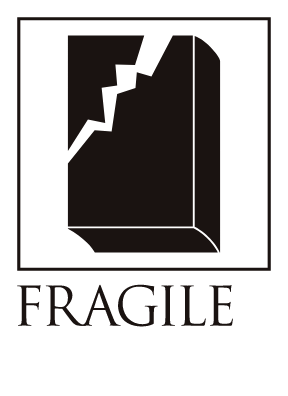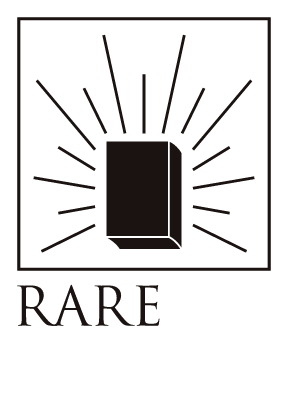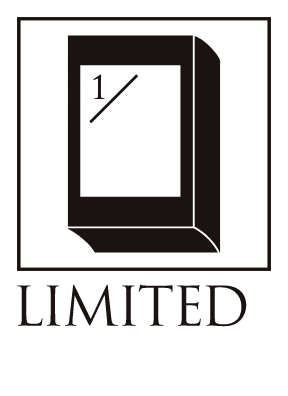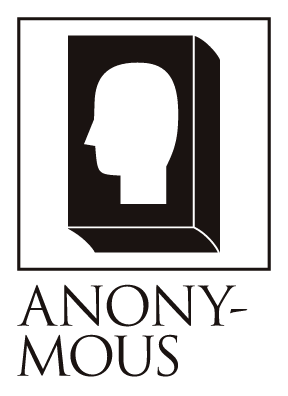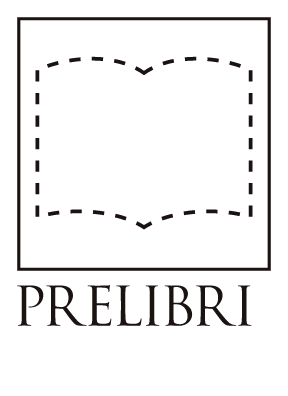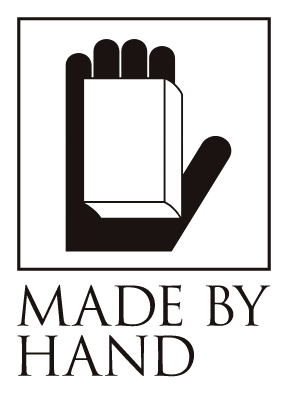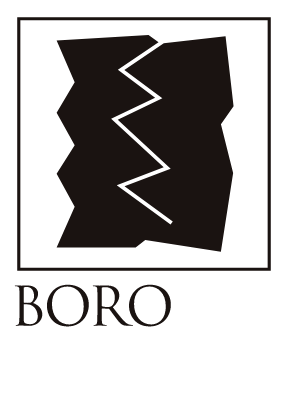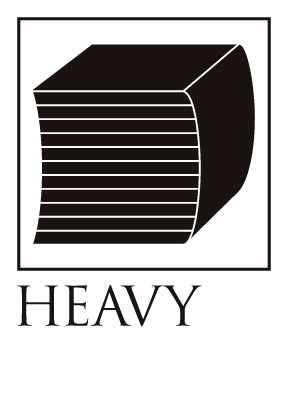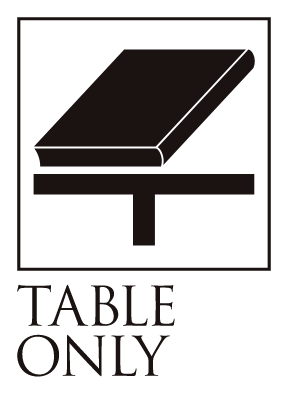2¹¹ / 2の11 乗
Bibliographic Details
- Title
- 2¹¹ / 2の11乗
- Artist
- Veronika Schäpers / ヴェロニカ・シェパス
- Editor
- Veronika Schäpers / ヴェロニカ・シェパス
- Designer
- Veronika Schäpers / ヴェロニカ・シェパス
- Publisher
- Veronika Schäpers / ヴェロニカ・シェパス
- Year
- 2023
- Size
- h220 × w350 × d mm
- Pages
- 52
- Language
- English / 英語
- Edition
- 25 copies with consecutive Arabic numerals and 4 copies with consecutive Roman numerals
- Condition
- New
concept, design, printing and binding: Veronika Schäpers text encryption: Prof. Dr. Jörn Müller-Quade and Dr. Jeremias Mechler, KASTEL, Karlsruhe Institute of Technology photography: Blaffert/Wamhof, Nicole Blaffert and Franz Wamhof two-point perspective: Anja Grunwald letterpress from polymer plates on Toshaban ganpi paper, Bicchu ganpi paper and mitsumata paper M41 cover made from kozo paper and Enduro Ice paper with title embossing three-part puzzle slipcase with title embossing, made by Buchbinderei Mergemeier in Düsseldorf. 52 pages, 22 x 35 cm. Karlsruhe, December 2023
The name will never be revealed.
A famous Japanese novel was completely encrypted,
a completely different book was born.
Like her previous works, “211” was inspired by a literary text, but it has taken a strange path to completion. It all started more than 10 years ago.
1. Two passwords, created by two different people, are imported and suitably combined (at random). This creates a binary key.
2. The text is imported and is now a binary object in the computer memory.
3. The text is compressed. Since compression is inefficient for small input volumes, a comparison is made to see which is shorter: the compressed text (which in turn is also a binary object) or the (binary) uncompressed text. The shorter version is then further processed.
4. A separate password is derived for this plain text and then encrypted. The cipher text is binary.
5. The cipher text is divided into 11-bit blocks. In a Japanese or English list of 2048 = 211 entries, each number from 0-2047 is assigned a word. For each block, the 11-bit value is then interpreted as the number n, and the nth word in the dictionary is displayed. The list can be used to transcribe computer-generated coincidences as readable text.
The same is true for the illustrations: ten collages of objects of varying size, all of which are described in the original text. The various objects were photographed and scaled before dismantled and collaged. The third section has to do with colors that are mentioned in the original text. Twenty hues are printed as individual stripes across four pages. All three components — illustration, text, and color stripes — are printed on different Japanese papers, each in keeping with the different characters of the prints. The book is bound in a semi-transparent cover with encrypted embossed text for the author and title. It is protected by a semi-transparent sleeve showing parts of an interior view from a two-point perspective. The encryption and deconstruction process is echoed by the puzzle slipcase: a three-part object held together by magnets that is intended to seem confusing when disassembled. The book is intended to work as an independent project, separate from the original, and to inspire people to think about perception, terminology, and interpretation. The original text is merely a starting point from which something new has been created, and no longer plays any role in the book 2¹¹.
